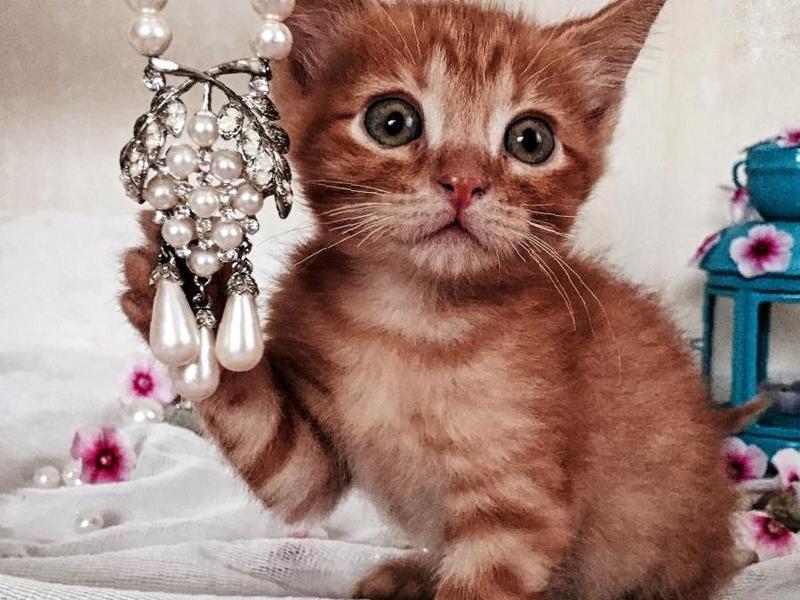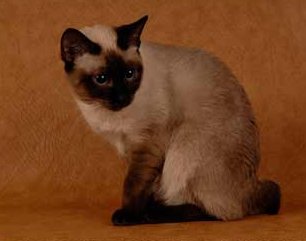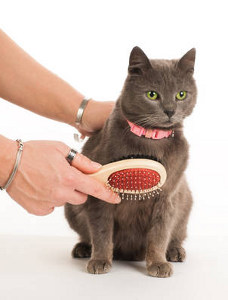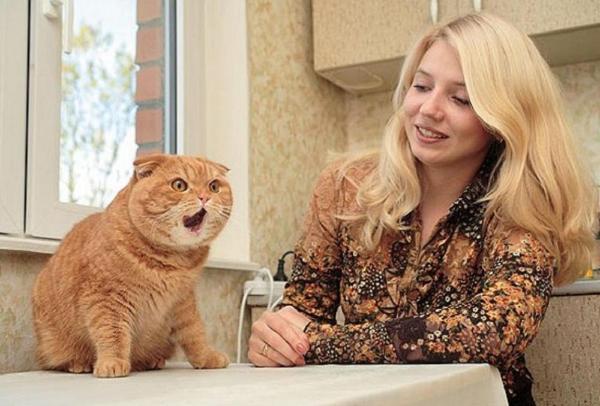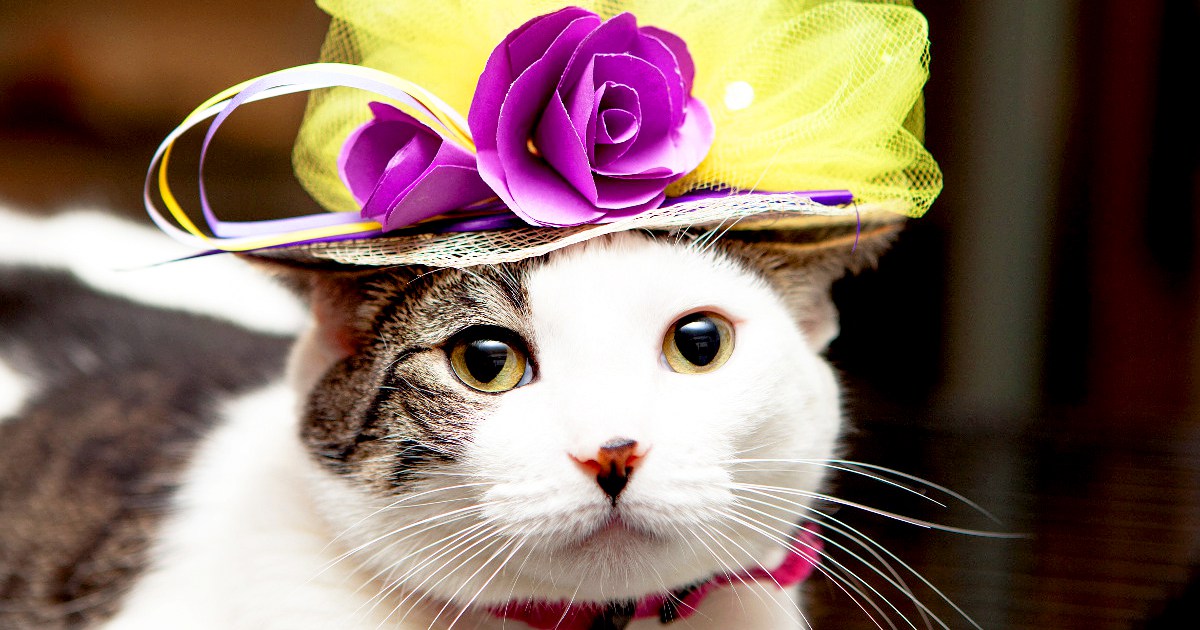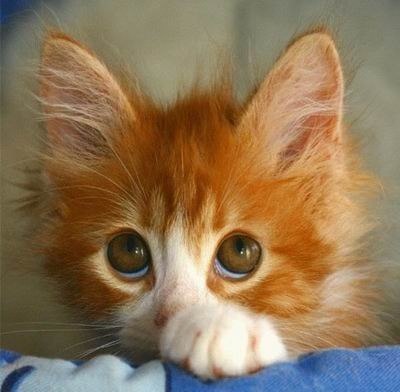Cats in history: the secrets of the ages
 The fact that we owe the appearance of cats to Ancient Egypt is almost not a secret to anyone. This country is officially considered the birthplace of these wonderful animals, and it was she who once was famous for the cult of cats, some forms of which have survived to this day. However, cats in history had time to express themselves beyond the Egyptian borders, and in a short time spread throughout the world.
The fact that we owe the appearance of cats to Ancient Egypt is almost not a secret to anyone. This country is officially considered the birthplace of these wonderful animals, and it was she who once was famous for the cult of cats, some forms of which have survived to this day. However, cats in history had time to express themselves beyond the Egyptian borders, and in a short time spread throughout the world.
The spread was made possible by the Phoenicians. They were the first to take cats on sea trips, and it was thanks to them that the whole world learned about the domestic cat. Particularly grateful were the ancient Greeks: cats (which were smuggled into Greece!) Helped them so much in the fight against rodents, that the Greeks subsequently made the freedom-loving cat a symbol of the famous uprising of Spartacus. Well, from Greece, cats came to Georgia, and then to the entire European market.
The ancient Romans, in particular, served the great service of Britain, bringing cats to an island that now unanimously adores these animals. The oldest remains of a domestic cat found in Britain are dated to 4th century BC, and in 936 the first written references to these animals appeared. Since then, cats in history have acquired special significance: in South Wales, a law was adopted to protect animals, and they were allowed to be kept in various premises, including monasteries.
At the same time, cats came to the New World: their first images, found in Peru, are dated to 400-1000 years AD, and then the cats were not just painted, but also used as a motive for creating jewelry. True, it is still not known for certain exactly how they ended up in this part of the world.
Cats got to Russia in 7-6 st. BC, being supposedly imported traders and warriors. These animals were honored by the Scythians, and in the 10-13th centuries AD already acquired a special value: the church actively defended them, and buying a cat was very expensive.
History of cats in the Middle Ages
The Middle Ages, on the one hand, was a real freedom for these animals, because it was during these times that they widely spread throughout the world, but on the other, it did not bring happiness to cats. The wide distribution automatically deprived them of their privileged position, and these animals were even considered the personification of evil, in connection with which the history of cats in the Middle Ages became a real tragedy for them. The church was especially ardent against these animals, so they were actively drowned, killed, burned at the stake and tortured.
Even England, who adored cats before, in 1558 alone, on the day of the coronation of Elizabeth I, burned several sacks of unhappy animals. In the 17th century, the persecution of cats began in America, which was also due to the “witch hunt”, and people who loved cats had a very hard time: they had to choose – to abandon the cat and to be invaded by rodents or to keep the animal, but to be accused of links with the devil.
Revival: cat rescue
The brutal era of the Middle Ages replaced the Renaissance, and the cats again became beloved. It was during these years that animals returned to their homes, books and paintings were written about them, and psychologists began to study their habits. In the 18th century, the pursuit of cats was finally stopped, and it was then that the famous scientist Harrison Wake initiated the holding of cat shows, in which new breeds and animals with unique features were especially welcomed.
Later, cats spread throughout the world so much that today they are in every fourth family, and there are a total of 36 species on the planet and over 40 million individuals of domestic cats, most of which are truly adored by their owners. Given this, it is not at all surprising that the world day of cats was invented in the world, whose history, however, is not too long yet, but these animals continue to remain incredibly beloved and popular, so that we can already say that the day of gratitude and love for them, for many has become a magnificent tradition.
